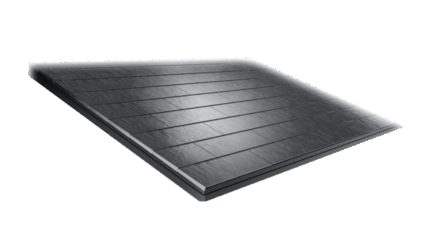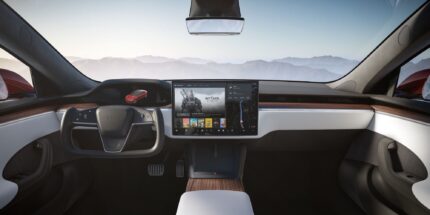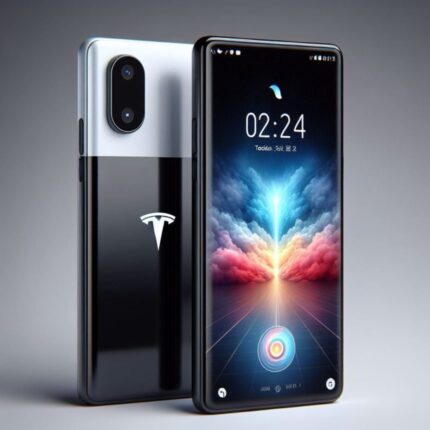Full Self-Driving (FSD) Capability
Full Self-Driving (FSD) Capability is Tesla’s most advanced driver assistance system, designed to handle virtually all aspects of driving with minimal or no input from the human driver. It is a software-based feature that builds upon Tesla’s Autopilot system, adding a range of autonomous functionalities through over-the-air updates. The FSD system utilizes Tesla’s powerful onboard computer, a suite of cameras, ultrasonic sensors, and neural networks trained on billions of miles of real-world data.
Add-on cost: Around $8,000 (or a subscription at $99–$199/month, depending on the plan). An advanced driver-assistance system, still not fully autonomous despite the name.
Key Features of Tesla Full Self-Driving (FSD):
-
Autonomous Navigation:
-
Navigate on Autopilot: Automatically drives the vehicle from highway on-ramp to off-ramp, including suggesting and making lane changes, navigating interchanges, and overtaking slower cars.
-
City Street Driving (Beta): Handles stop signs, traffic lights, roundabouts, and complex urban intersections.
-
-
Autosteer and Smart Lane Changes:
-
Maintains the car in its lane and adjusts the steering to follow curves or avoid obstacles.
-
Changes lanes safely without driver input (when turn signal is activated or when necessary).
-
-
Smart Summon:
-
Allows the car to navigate parking lots and come to the owner autonomously using the Tesla app. Ideal for rainy days or when carrying bags.
-
-
Traffic Light and Stop Sign Control:
-
Recognizes traffic lights and stop signs, slowing the vehicle appropriately and stopping when required.
-
-
Autopark:
-
Automatically parallel parks or perpendicular parks in available spots, using cameras and ultrasonic sensors to judge the space.
-
-
Highway Driving:
-
Automatically merges, exits, and adjusts speed in response to traffic conditions.
-
-
Beta: Hands-Free Driving (in Some Regions):
-
Tesla is gradually rolling out a true hands-free experience where the driver doesn’t need to touch the wheel but must remain alert.
-
Hardware & Software Components:
-
Tesla Vision: Camera-only system (phased out radar and lidar).
-
FSD Computer (HW 3.0 or higher): A powerful onboard chip designed in-house by Tesla.
-
OTA Updates: Improvements are delivered via the internet, meaning your Tesla improves over time without needing service visits.
Common Use Cases:
| Use Case | How FSD Helps |
|---|---|
| Daily Commute in City Traffic | Handles start-stop traffic, signals, pedestrians, and turns automatically. |
| Long Highway Drives | Reduces fatigue by controlling speed, lanes, and interchanges on highways. |
| Parking in Tight Spaces | Autopark and Smart Summon make it easy in crowded malls or tight garages. |
| Pickup from Grocery Store | Summon feature lets the car come find you, especially useful in bad weather. |
| Touring a New City | Navigate unfamiliar urban areas with autonomous turns, stops, and detours. |
| Family Safety for Teen Drivers | Ensures safer driving with real-time monitoring and autonomous corrections. |
The Future of FSD:
Tesla aims for Level 4/5 autonomy, where the car can drive itself under almost all conditions without any driver input. Elon Musk envisions a future where your Tesla can:
-
Drive you to work,
-
Drop off your kids at school,
-
Run errands,
-
And even act as a robotaxi earning money while you sleep.
Related products
Premium Connectivity
Tesla Premium Connectivity turns your vehicle into a rolling smart device — blending entertainment, real-time data, and luxury into every drive. Whether navigating a crowded city or relaxing during a charge, it adds depth and intelligence to your Tesla experience.






Reviews
There are no reviews yet.